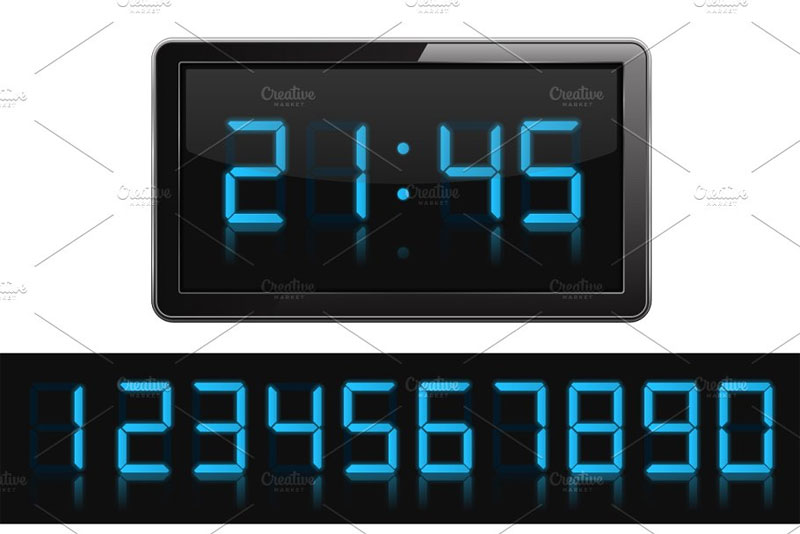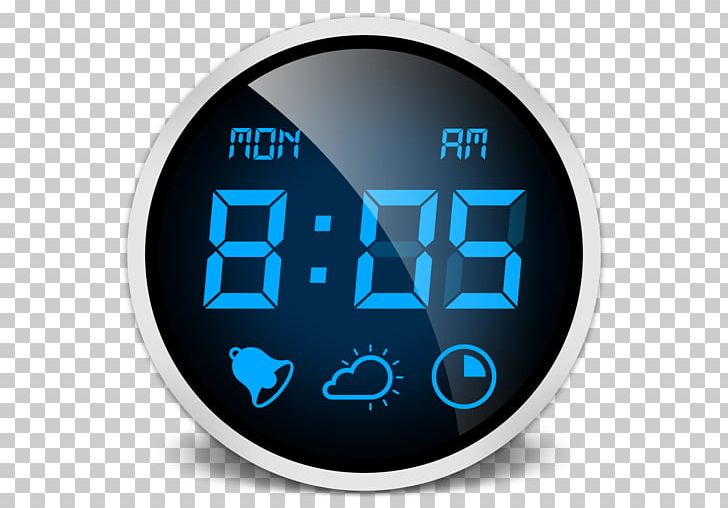

It was during May 1970 that the world came to know the first mass-produced wrist watch with an LED display. They had spring-operated glass cylinders with digital cards that flip when time passes. These were introduced by the Ansonia Clock Company at the 1904 St.

In fact, there are factories that use the Pallweber jump-hour movement on wristwatches to this day.Īnother foundation of the digital clock was the ‘plato clock’. This mechanism became a success of its own in 1885, where it was seen on many pocket watches. It had two windows in a dial, where hours and minutes are shown on rotating discs. But that wasn’t the case when the first digital clocks were made.Īustrian engineer Josef Pallweber created a ‘jump-hour’ mechanism in 1883. We’d often associate digital clocks with timepieces running on electronic drives. Not to mention that there’s a handy snooze button.ĭid you ever wonder when or how these digital wonders first came to be? It’s inexpensive, easy to tell the time with, and often comes with a built-in AM/FM station. If you’re not waking up to your phone’s alarm, you’re probably using a digital alarm clock.


 0 kommentar(er)
0 kommentar(er)
